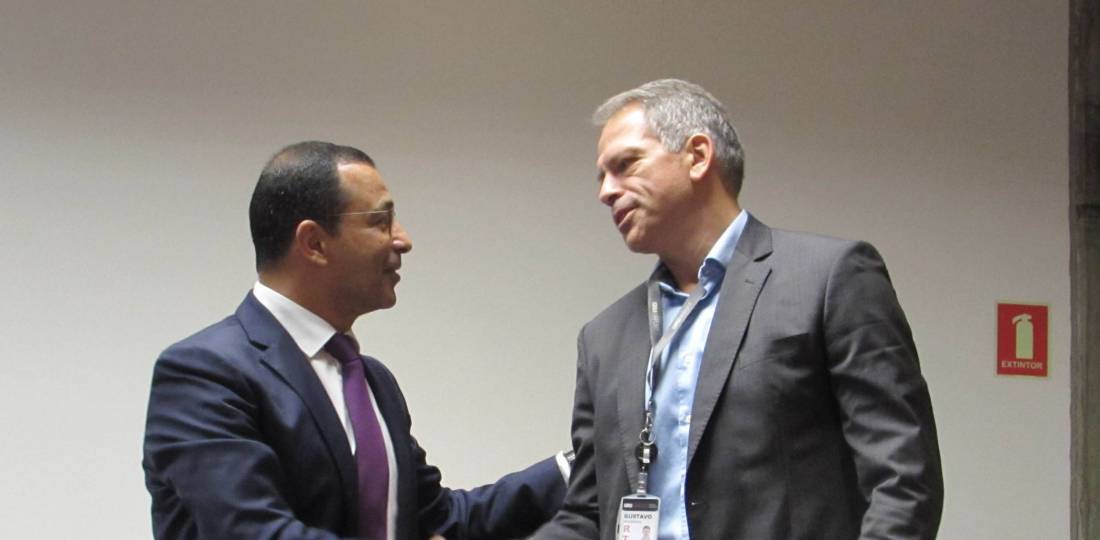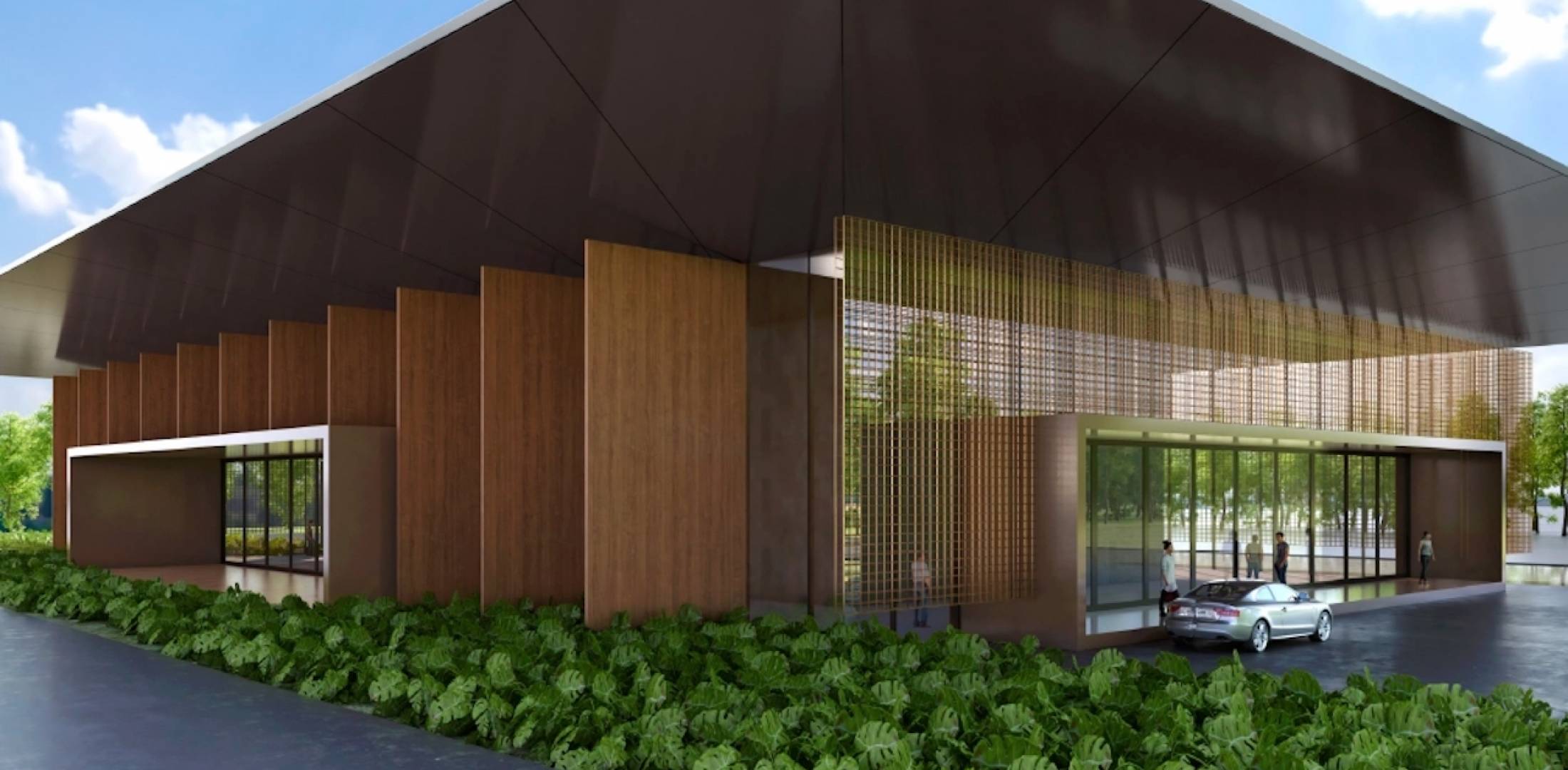The market is crowded with contenders to build electric vertical takeoff and landing (eVTOL) aircraft and replete with glossy brochures showing fanciful vehicles crossing the skies. Eventually, the market, and the vehicles, will have to come down to earth.
The potential market is hard to call, but AEPM Brazil, a subsidiary of Canadian aerospace company AEPM International, has placed a bold bet on where the eVTOLs will land, signing a 40-year lease for a plot straddling the land and air sides of Brazil's Guarulhos International Airport (GRU). AEPM’s initial plans are to construct a $16 million, 5,100-sq-m (55,000-sq-ft) building occupying about half the plot to serve as a VIP airline terminal. However, Fethi Chebil, president and CEO of AEPM International, made it clear that long-range plans are for an eVTOL vertiport at a media conference celebrating the lease.
The concept of a VIP terminal, as explained by AEPM guest experience v-p Anita Newcourt, is to lay down a virtual red carpet from the curb to boarding gate and then the reverse on arrival. Ideally, the passenger will arrive at the VIP terminal and have all the formalities handled by terminal staff, including baggage handling and check-in. Limousines will carry passengers through the airport’s airside directly to the boarding gate, where they will ascend by staircase or elevator to the jet bridge.
Eventually, this would be extended to door-to-door service, with a car picking up the passenger, allowing the terminal to track the vehicle and adapt to such events as traffic jams. The eventual addition of eVTOLs would extend the red carpet concept to a flying carpet.
Arriving international passengers would ideally receive expedited customs experience, for a price, at the GATGRU business aviation terminal across the runway.
The terminal will be designed by Brazilian marquee architect Carlos Rossi, who has been involved in many luxury projects. While the description includes some ideas that are not so much cutting edge as fringe, such as a “sensory garden for relaxation” and not merely shoe-shine stations but also a butler with an iron to ensure crisp cuffs and collars, Chebil emphasized some more practical considerations. Five-star meals will be available, but there should also be ventilation engineered to prevent odors of cooking from invading the passenger areas. Chebil also referred to the service as a present for someone for whom freedom from stress would be the greatest gift.
Private air travel has many advantages, not the least of which is avoiding the airport experience: the crowds, lines, security theater, and stress of finding the gate and reaching it with the clock ticking. AEPM proposes eliminating a lot of that stress, for a price vastly less than that of chartering a jet.
Last year, Embraer’s Eve operated an eVTOL trial in Rio de Janeiro, with Helisul helicopters standing in for eVTOLs, ferrying passengers to Rio Galeão Airport. Helisul’s Luis Carlos Munhoz da Rocha, who managed the operation, noted that landing on the airside and skipping the trip from the curb to the gate was nearly as valuable to passengers as flying above the city’s traffic.

AIN’s experience in reaching the news conference, trudging through GRU concourses (surrealistically adorned with enormous advertisements for the film Minions: The Rise of GRU) in search of an unmarked auditorium was a reminder of how stressful airports can be. Clearly, the VIP terminal offers something of value, though whether that can be offered at a reasonable price to a limited number of passengers, given the cost of construction, is unclear.
AEPM’s 40-year lease on the site, exceeding the concession of operator GRU Airport, required special permission from the federal government. In a post-signing statement, AEPM International affirmed a goal of constructing and operating 1,500 vertiports and terminals worldwide by 2045.
